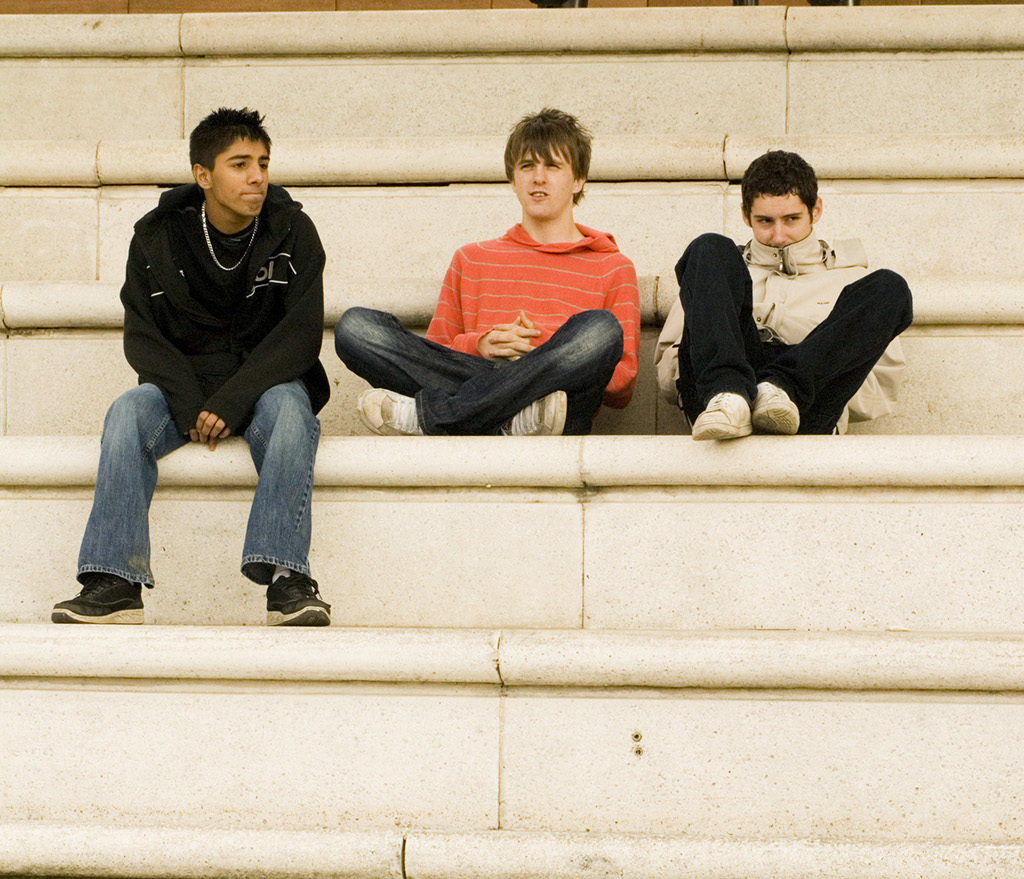WASHINGTON — A longstanding program designed to keep America’s most impoverished children in a safe, learning environment during after-school hours would be eliminated entirely under a budget proposal released today by President Donald Trump.
The 21st Century Community Learning Centers program was introduced with bipartisan support in 2001 as part of the “No Child Left Behind Act.” It has expanded despite occasional attempts to cut its funding. Its current budget is $1.2 billion.
The centers tutor students, particularly those at low-performing schools. They also give students access to drug and violence prevention programs, art, music and recreational classes and offer literacy and other support programs for their families. Many provide STEM activities and help children develop social and emotional skills. The centers operate during out-of-school time, including summer vacations and breaks during the school year.
The White House, in a 62-page budget synopsis, singled out the 21st Century learning program: “The programs lacks [sic] strong evidence of meeting its objectives, such as improving student achievement.”
However, a 2016 report looking at the program’s 15-year history, funded by the Charles Stewart Mott Foundation, found what it called overwhelming proof that the program is a success. “Expanding Minds and Opportunities: Leveraging the Power of Afterschool and Summer Learning for Student Success” incorporated more than 70 research papers and articles by more than 100 leaders in child education. The No Child Left Behind Act’s strict accountability requirements left researchers with a trove of data, the report said.
“The afterschool field is in a strong position because it can make evidence-based claims about its public value on an array of commonly valued youth outcomes, such as improved attendance, grades, homework completion, classroom participation, behavior and — depending on the focus — achievement and performance,” Heather Weiss, founder and director of the Harvard Family Research Project, wrote in the report. “These programs also contribute to an array of positive developmental outcomes, including socio-emotional skills and healthy behaviors that support learning, and they prevent a number of problem behaviors that are detrimental to school and life success.”
Hours after Trump released his budget plan, supporters of the 21st Century program said that if it doesn’t survive, needy children and their families will be devastated.
“People don’t realize the impact that 21st CCLCs have on our future,” said Courtney Sullivan, executive director of the Arizona Center for Afterschool Excellence. “They serve the youth who need it the most by offering additional support and enrichment. This support helps to close the achievement gap and make sure these students have the tools they need to succeed moving forward.”
The programs also support working families who struggle to find and pay for quality after-school programs, she said.
In Washington state, 15,000 children are served by 21st Century after-school and summer programs, said David Beard, policy and advocacy director at School’s Out Washington. Some are in urban areas such as Seattle and Tacoma, but many are in rural areas where they are the only after-school program available, he said.
The program serves mostly low-income kids, Beard said. “It gives kids a safe place to be after school and in the summer,” he said. The state receives $16.5 million in funding, which serves 143 communities.
The 21st Century program has come under sporadic attack during the past 16 years, including in 2015 when Congress passed the Every Student Succeeds Act, the successor to No Child Left Behind. But it has survived because it provides support to children and families who need it most, and helps reduce crime and dropout rates, supporters said.
John Sciamanna, vice president for policy at the Child Welfare League of America, said the budget represented a change in values and priorities that will disrupt family life beyond just the 21st Century program. He specifically cited Trump’s proposal to increase military spending by $54 million at the expense of an array of programs designed to help families.
“There are a lot of horror stories when you get down into the details,” Sciamanna said. “The $64,000 question right now is where is the counterbalance in Congress that is going to stand up and do the right thing to make sure these cuts don’t happen,” he said. “Will a few Republicans stand up to the president, or will they give in because it’s their party and his first budget? That’s what everyone is waiting to see right now.”
Heidi Ham, vice president of programs and strategy for the National AfterSchool Association, said that advocacy groups must spend the coming weeks reaching out to Congress and winning support to fund the 21st Century program.
“We have been hoping for the best and preparing for the worst ever since the election in November,” she said. “We encourage people to reach out to Congress and to show their feeling [about the budget].”
If the funding disappears, the ramifications will impact not just children enrolled in the programs, but families, working parents and the broader community, Ham said.
“[For example] there could be an increase in juvenile crime if kids don’t have places to go after school that are safe,” she said. “If the 21st Century funding is cut it will also eliminate an estimated 100,000 jobs of after-school professionals who run these programs in local communities.”
Stell Simonton contributed to this report.






























